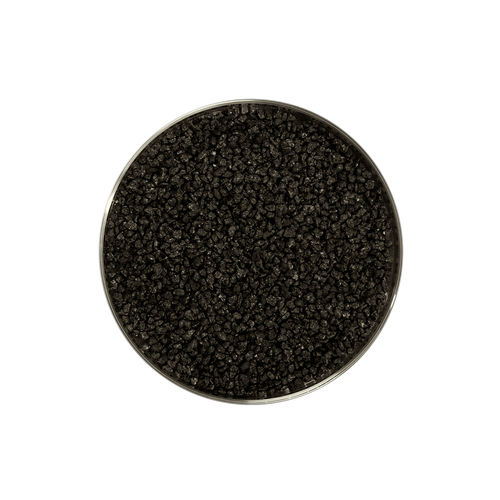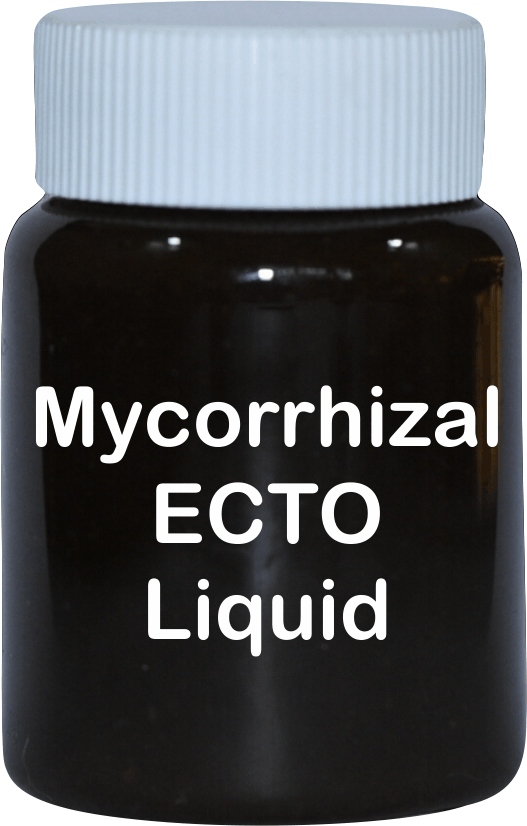
Mycorrhizal Ecto Carrier Base Granule
Product Details:
- Classification Other
- Chemical Name Other
- Type Other
- Physical State Granular
- Application Agriculture
- Color Black
- Click to view more
Mycorrhizal Ecto Carrier Base Granule Price And Quantity
- 100 Kilograms
- 100.0 INR
Mycorrhizal Ecto Carrier Base Granule Product Specifications
- Black
- Other
- Granular
- Agriculture
- Other
- Other
Mycorrhizal Ecto Carrier Base Granule Trade Information
- 5000 Kilograms Per Month
- 3-7 Days
- Yes
- Free samples are available
Product Description
In commercial forestry, the successful transplanting of crop trees to new locations often depends on having a suitable ectomycorrhizal partner. This is crucial for trees that exhibit a strong specificity towards their mycobiont, especially when they are planted in environments where native fungal species may not naturally occur. This necessity is particularly evident in plantations involving obligate ectomycorrhizal trees like Eucalyptus and Pinus species.
To ensure the thriving of these species in mass plantings, it is common practice to introduce a native inoculum of ectomycorrhizal fungi. These fungi form symbiotic relationships with tree roots, enhancing nutrient uptake and overall plant health significantly.
Beyond supporting tree vitality, species such as pine and eucalyptus are chosen and promoted in forestry due to their capacity to sequester atmospheric carbon. This dual role underscores their importance not only in ecological restoration efforts but also in climate change mitigation efforts by serving as effective carbon sinks.
 English
English Spanish
Spanish French
French German
German Italian
Italian Chinese (Simplified)
Chinese (Simplified) Japanese
Japanese Korean
Korean Arabic
Arabic Portuguese
Portuguese


